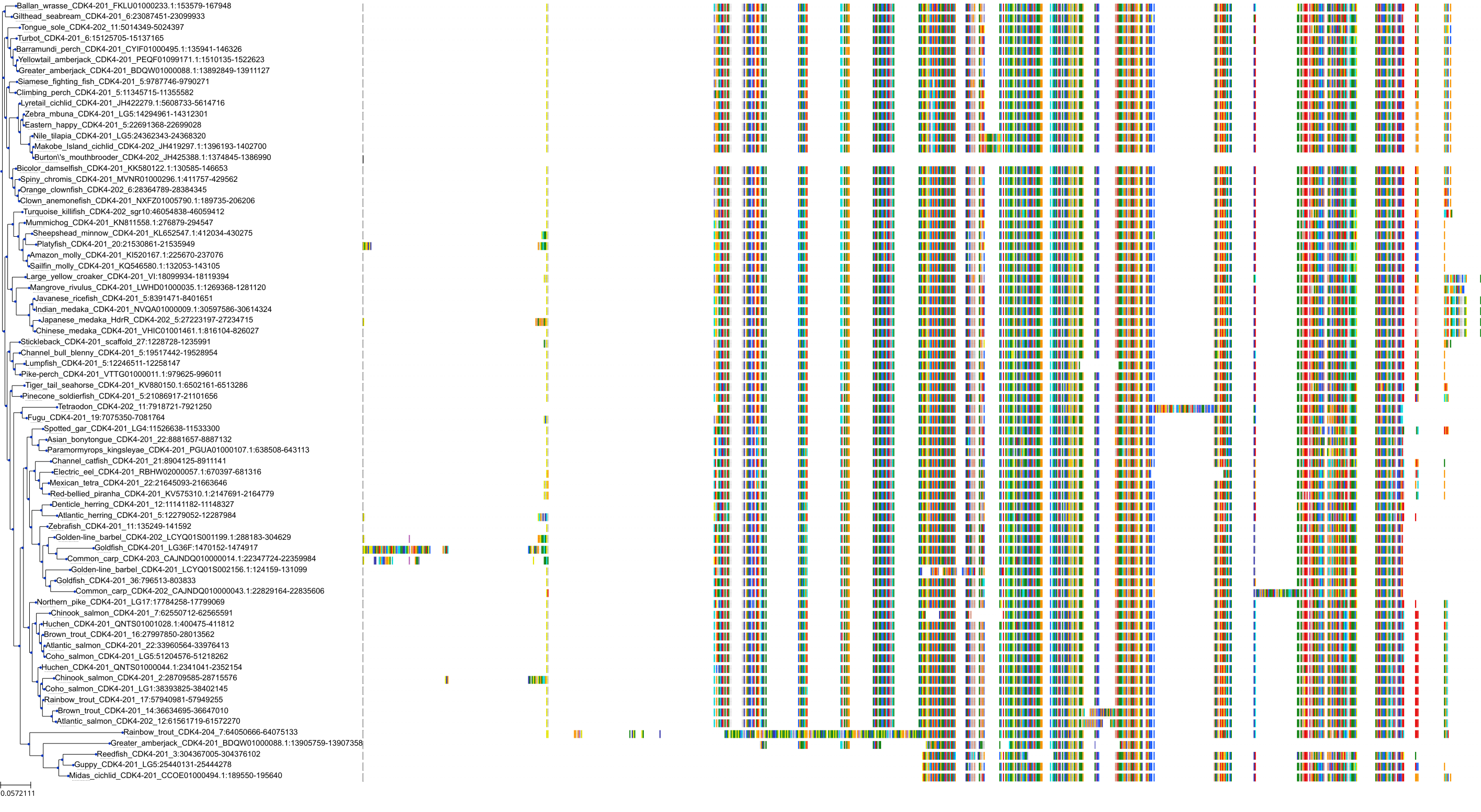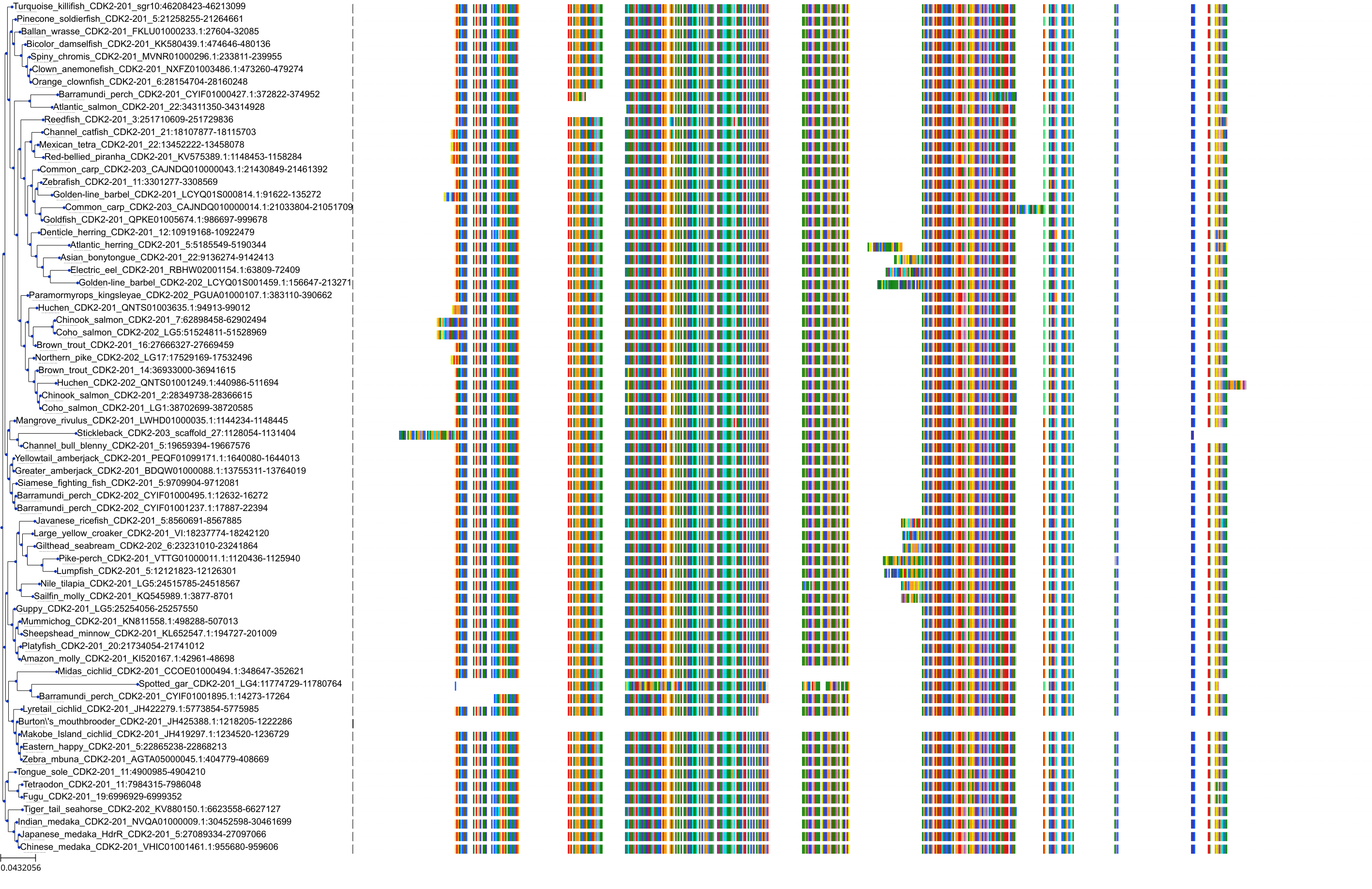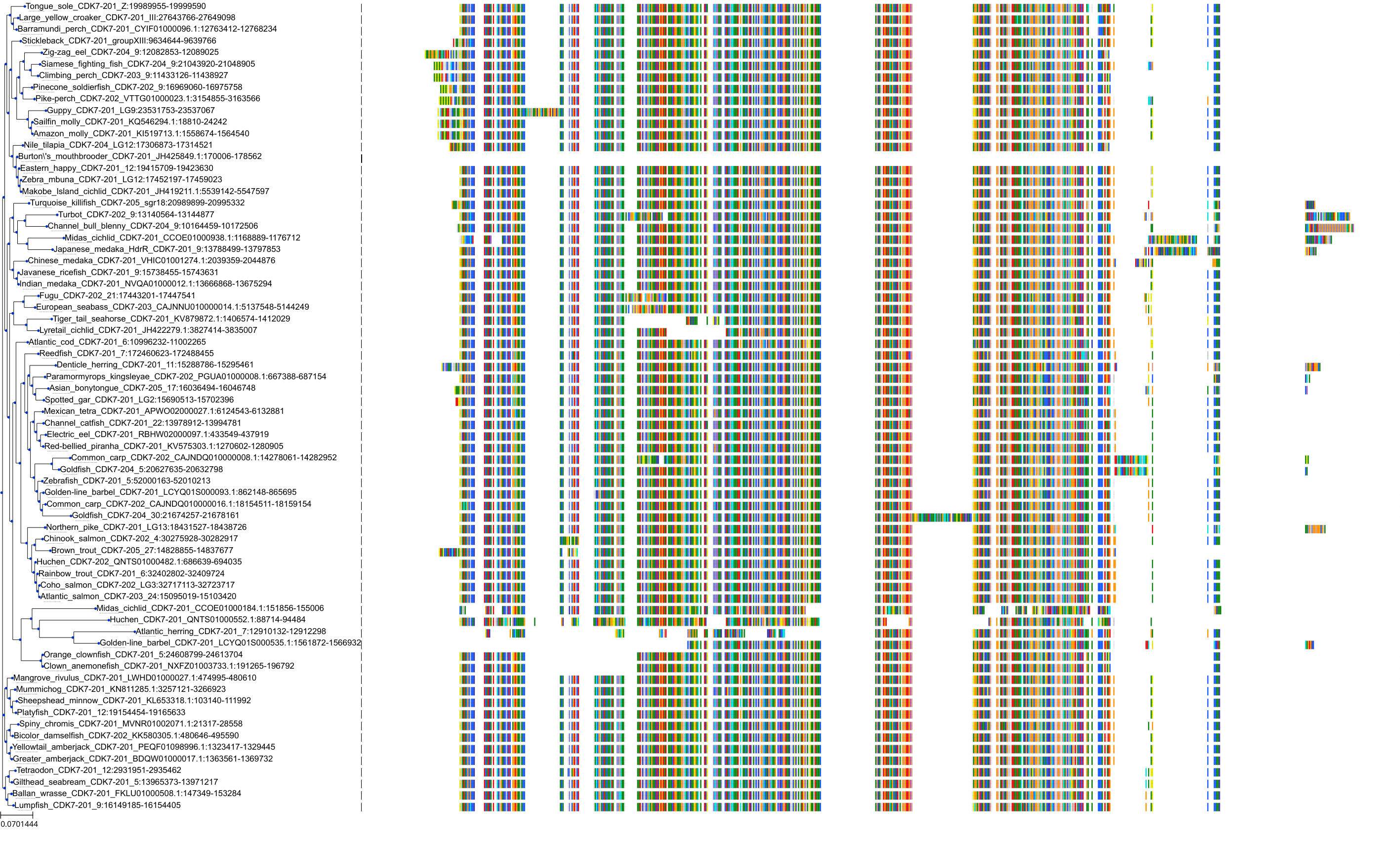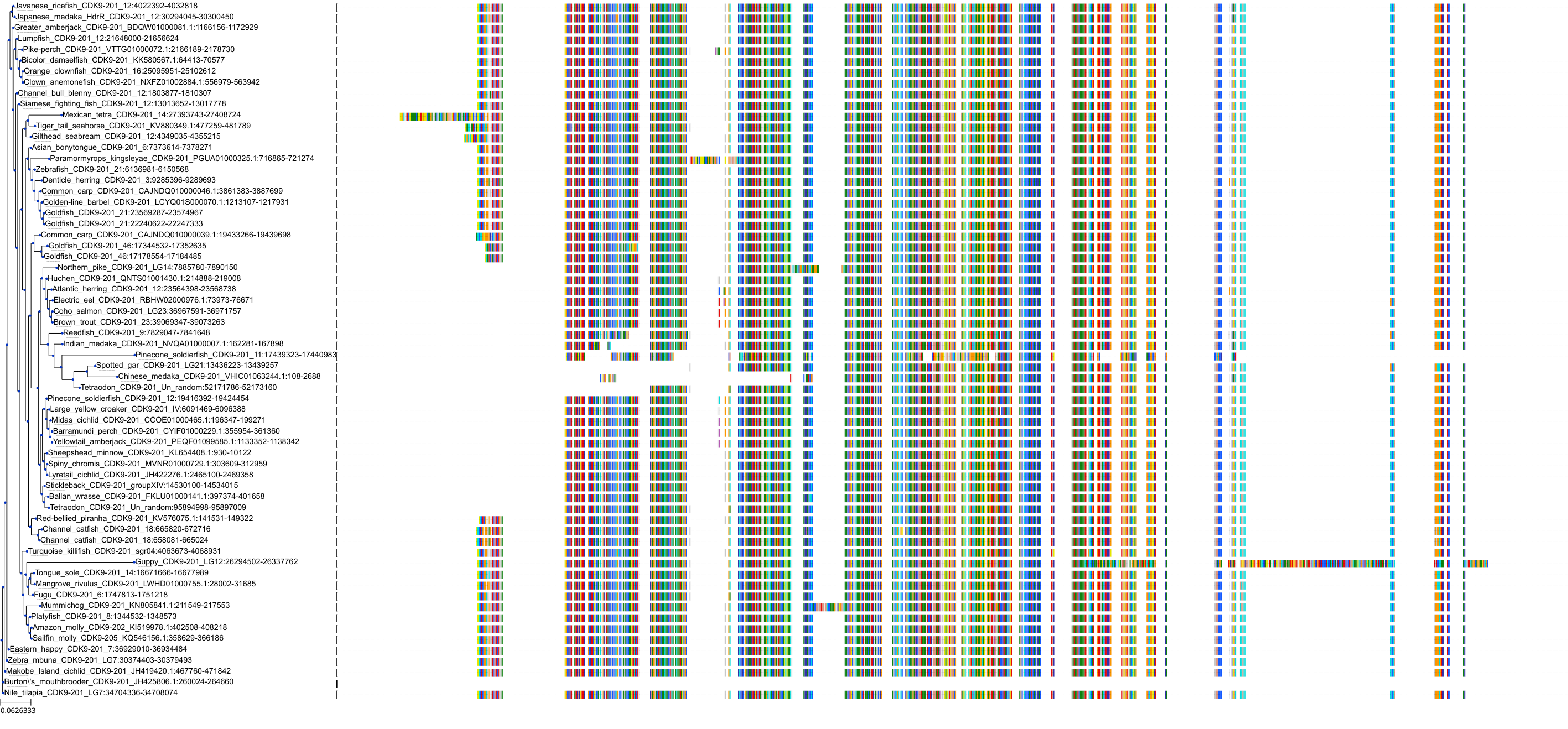| Synonyms | |
| Status | |
| Molecule Category | Free-form |
| UNII | 1GAJ98SC2X |
| EPA CompTox | DTXSID00229072 |
Structure
| InChI Key | XLSYZSRXVVCHLS-UHFFFAOYSA-N | |
|---|---|---|
| Smiles | ||
| InChI |
|
Physicochemical Descriptors
| Property Name | Value | |
|---|---|---|
| Molecular Formula | C29H35N7O4 | |
| Molecular Weight | 545.64 | |
| AlogP | 2.42 | |
| Hydrogen Bond Acceptor | 8.0 | |
| Hydrogen Bond Donor | 3.0 | |
| Number of Rotational Bond | 8.0 | |
| Polar Surface Area | 115.06 | |
| Molecular species | NEUTRAL | |
| Aromatic Rings | 3.0 | |
| Heavy Atoms | 40.0 |
Bioactivity
| Mechanism of Action | Action | Reference | |
|---|---|---|---|
| Cyclin-dependent kinase 1 inhibitor | INHIBITOR | PubMed |
|
Protein: Cyclin-dependent kinase 1 Description: Cyclin-dependent kinase 1 Organism : Homo sapiens P06493 ENSG00000170312 |
||||
|
Protein: Cyclin-dependent kinase 4 Description: Cyclin-dependent kinase 4 Organism : Homo sapiens P11802 ENSG00000135446 |
||||
|
Protein: Cyclin-dependent kinase 2 Description: Cyclin-dependent kinase 2 Organism : Homo sapiens P24941 ENSG00000123374 |
||||
|
Protein: Cyclin-dependent kinase 7 Description: Cyclin-dependent kinase 7 Organism : Homo sapiens P50613 ENSG00000134058 |
||||
|
Protein: Cyclin-dependent kinase 9 Description: Cyclin-dependent kinase 9 Organism : Homo sapiens P50750 ENSG00000136807 |
||||
|
Protein: Cyclin-dependent kinase 5 Description: Cyclin-dependent kinase 5 Organism : Homo sapiens Q00535 ENSG00000164885 |
||||
| Targets | EC50(nM) | IC50(nM) | Kd(nM) | Ki(nM) | Inhibition(%) | ||
|---|---|---|---|---|---|---|---|
|
Enzyme
Kinase
Protein Kinase
CMGC protein kinase group
CMGC protein kinase CDK family
CMGC protein kinase CDC2 subfamily
|
- | 2 | - | - | - | ||
|
Enzyme
Kinase
Protein Kinase
CMGC protein kinase group
CMGC protein kinase CDK family
CMGC protein kinase CDK5 subfamily
|
- | 2 | - | - | - | ||
|
Enzyme
Kinase
Protein Kinase
CMGC protein kinase group
CMGC protein kinase CDK family
CMGC protein kinase CDK7 subfamily
|
- | 2 | - | - | - | ||
|
Enzyme
Kinase
Protein Kinase
CMGC protein kinase group
CMGC protein kinase CDK family
CMGC protein kinase CDK9 subfamily
|
- | 1 | - | - | - | ||
|
Enzyme
Kinase
Protein Kinase
CMGC protein kinase group
|
- | 1 | - | - | - | ||
|
Enzyme
Kinase
Protein kinase regulatory subunit
|
- | 2 | - | - | - | ||
|
Other cytosolic protein
|
- | 1 | - | - | - |
Cross References
| Resources | Reference | |
|---|---|---|
| ChEMBL | CHEMBL3545083 | |
| FDA SRS | 1GAJ98SC2X | |
| Guide to Pharmacology | 7744 | |
| PubChem | 11285001 | |
| SureChEMBL | SCHEMBL10087436 | |
| ZINC | ZINC000043128366 |



























































